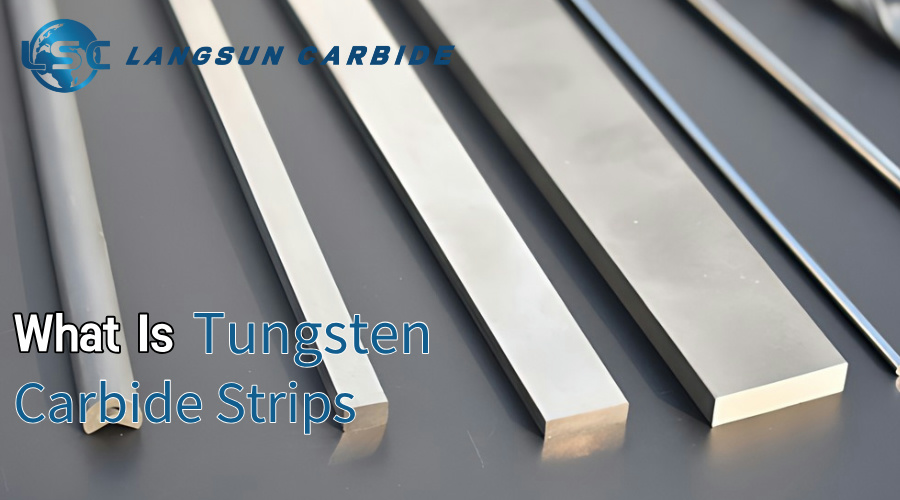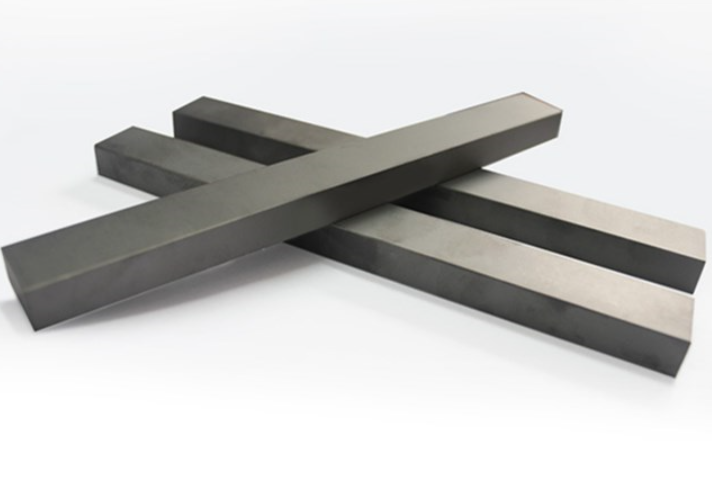Tungsten carbide is a compound composed of tungsten and carbon atoms, known for its incredible hardness and durability. Tungsten carbide strips, specifically, are flat and elongated pieces of this compound, widely used in various industrial applications due to their excellent properties.
One of the most outstanding features of tungsten carbide strips is their hardness. Tungsten carbide scores high on the Mohs hardness scale, often around 8.5 to 9, nearing the hardness of diamonds. This incredible hardness translates to exceptional wear resistance, making tungsten carbide strips ideal for cutting, drilling, and grinding operations.
The durability of tungsten carbide strips extends to their resistance to wear and tear. They can withstand harsh environments and maintain their structural integrity under extreme conditions, including high temperatures and corrosive elements. This property ensures a prolonged lifespan compared to other materials, reducing maintenance costs and increasing efficiency in industrial applications.
Tungsten carbide strips offer high precision in applications requiring exact measurements and detailed work. Their stability under mechanical stress and minimal deformation ensure that they deliver consistent performance in demanding tasks. This precision is particularly valuable in the manufacturing of tools and components where accuracy is critical.

In the machining industry, tungsten carbide strips are used to manufacture cutting tools, inserts, and wear parts. Their hardness and durability make them suitable for cutting through tough materials such as metals, composites, and even stone. Tungsten carbide strips enhance the efficiency and productivity of machining operations.
Tungsten carbide strips find extensive use in the mining and construction industries. They are used to create drill bits, saw blades, and other tools that face intense wear and tear. The ability to maintain sharp edges and robustness under heavy-duty conditions makes them indispensable in these sectors.
Another significant application of tungsten carbide strips is in woodworking. They are used in the production of carbide-tipped saw blades, router bits, and planer blades. The strips' ability to remain sharp for longer periods boosts their performance in cutting, shaping, and finishing wood products.

The manufacturing process of tungsten carbide strips involves several steps:
The first step is the mixing of tungsten and carbon powders. This mixture is thoroughly blended to ensure uniformity.
The blended powder is then pressed into the desired shape of strips under high pressure. This process helps in forming a solid and compact strip.
The pressed strips are subjected to a sintering process at high temperatures. This process causes the tungsten and carbon atoms to bond, forming a hard and dense tungsten carbide compound.
After sintering, the strips undergo finishing processes such as grinding, polishing, and coating to achieve the required precision and smoothness.
Tungsten carbide strips are one of the most versatile and essential components in various industrial applications. Their unmatched hardness, durability, and precision make them invaluable in sectors ranging from machining and construction to medical tools. Understanding their properties and applications helps in appreciating the critical role they play in enhancing productivity and efficiency across industries.